The Agricultural Planting and Fertilizing Machinery Market is currently characterized by a dynamic competitive landscape, driven by technological advancements, sustainability initiatives, and increasing demand for efficient farming solutions. Key players such as John Deere (US), CNH Industrial (GB), and AGCO Corporation (US) are strategically positioned to leverage innovation and digital transformation. John Deere (US) focuses on integrating precision agriculture technologies, enhancing operational efficiency, while CNH Industrial (GB) emphasizes sustainability through its product offerings. AGCO Corporation (US) is actively pursuing regional expansion and partnerships to enhance its market presence, collectively shaping a competitive environment that prioritizes technological integration and sustainable practices.
In terms of business tactics, companies are increasingly localizing manufacturing to reduce costs and optimize supply chains. The market appears moderately fragmented, with several key players exerting influence over specific regions. This fragmentation allows for niche players to thrive, while larger corporations consolidate their market share through strategic acquisitions and partnerships, thereby enhancing their competitive positioning.
In August 2025, John Deere (US) announced a partnership with a leading agri-tech firm to develop AI-driven planting solutions. This collaboration is poised to enhance precision farming capabilities, allowing farmers to optimize planting schedules and resource allocation. The strategic importance of this partnership lies in its potential to position John Deere (US) as a leader in the digital agriculture space, responding to the growing demand for data-driven farming solutions.
In September 2025, AGCO Corporation (US) unveiled a new line of environmentally friendly fertilizing machinery designed to minimize soil disruption and enhance nutrient efficiency. This launch reflects AGCO's commitment to sustainability and innovation, catering to a market increasingly focused on eco-friendly practices. The introduction of this product line is likely to strengthen AGCO's competitive edge, appealing to environmentally conscious consumers and aligning with global sustainability trends.
In October 2025, CNH Industrial (GB) expanded its manufacturing capabilities in Eastern Europe, aiming to enhance production efficiency and meet rising demand in the region. This strategic move not only optimizes supply chain logistics but also positions CNH Industrial (GB) to better serve its customer base in a rapidly growing market. The expansion signifies a proactive approach to regional market dynamics, potentially increasing the company's market share.
As of October 2025, the competitive trends in the Agricultural Planting and Fertilizing Machinery Market are increasingly defined by digitalization, sustainability, and the integration of artificial intelligence. Strategic alliances are becoming pivotal, as companies seek to enhance their technological capabilities and market reach. Looking ahead, competitive differentiation is likely to evolve from traditional price-based competition to a focus on innovation, advanced technology, and reliable supply chains, reflecting the industry's shift towards more sustainable and efficient agricultural practices.



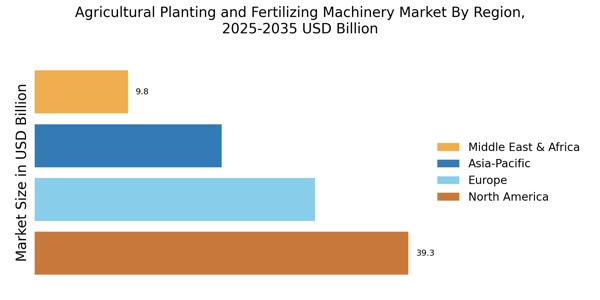
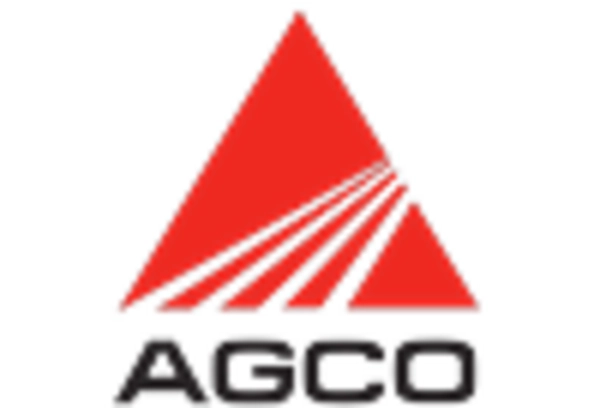
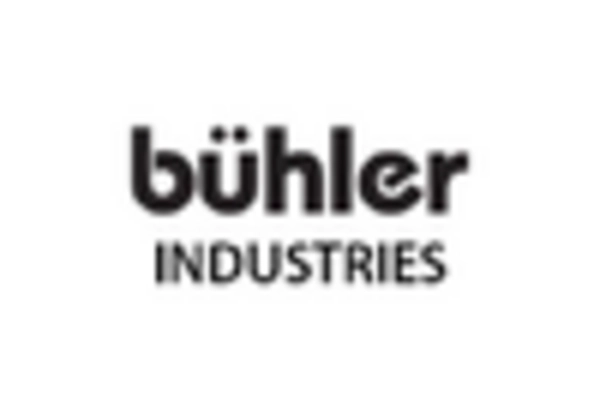
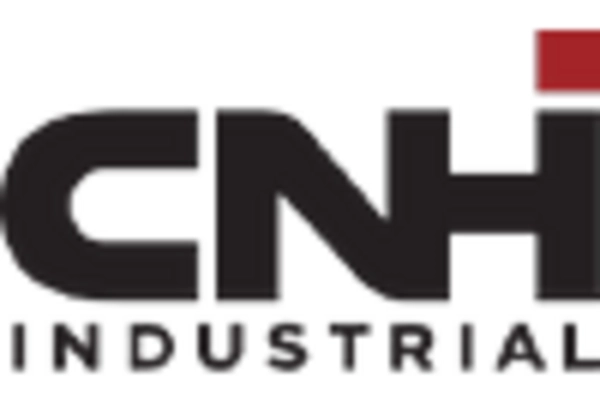

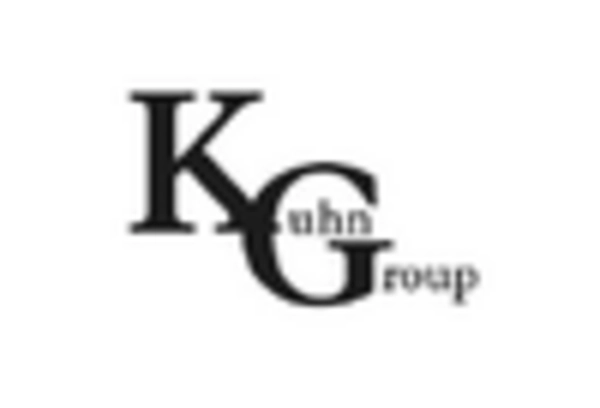
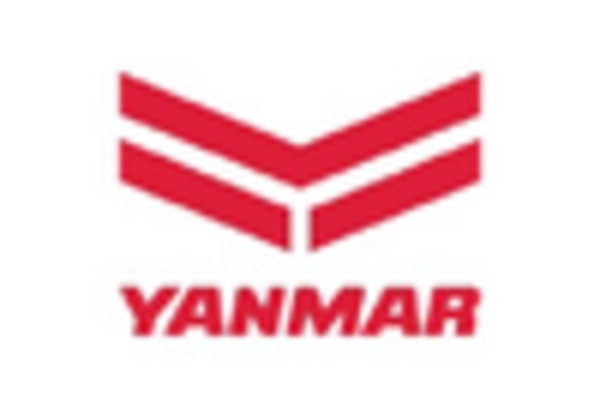








Leave a Comment